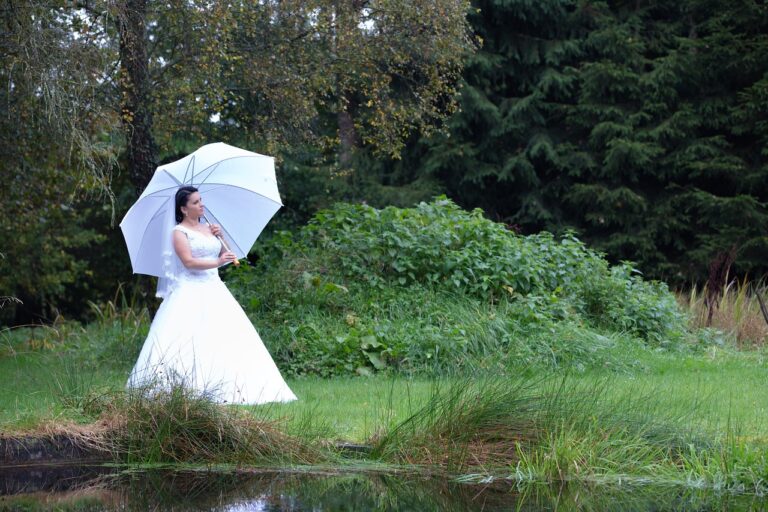Fashion and Politics: Dress Codes in Political Institutions
Dress codes in political institutions play a fundamental role in shaping the public image of political figures. The attire worn by politicians can convey a sense of authority, professionalism, and respect for the institution they represent. Whether it is a formal suit or traditional attire, the clothing choices of politicians can influence how they are perceived by the public and other political leaders.
Moreover, dress codes in political settings serve as a symbol of unity and solidarity among members of a political institution. When politicians adhere to a common dress code, it can create a sense of uniformity and belonging within the institution. This visual cohesion can help foster a sense of teamwork and cooperation among members, ultimately contributing to a more harmonious and effective working environment.
The Evolution of Dress Codes in Political Settings
In the past, political institutions strictly adhered to formal dress codes, expecting their members to present a polished and dignified appearance. These dress codes often reflected societal norms and reinforced a sense of authority and professionalism within the political setting. However, as time progressed, there has been a noticeable shift towards a more relaxed approach to dress codes in many political institutions.
This evolution can be attributed to changing attitudes towards traditional norms of attire, as well as a greater emphasis on inclusivity and diversity within political settings. The modern political landscape now sees a wider range of clothing styles and expressions being accepted, reflecting the diverse backgrounds and personal preferences of those involved in politics. This shift towards more casual dress codes signifies a move towards a more approachable and relatable image for political figures, striving to connect with a broader audience and appear more in touch with the everyday citizen.
Why are dress codes important in political institutions?
Dress codes in political institutions help uphold professionalism and respect for the office being represented. They also convey a sense of unity and coherence among political officials.
How have dress codes in political settings evolved over time?
Dress codes in political settings have become less rigid and more inclusive over time. There is now a greater acceptance of cultural and personal expressions in attire, while still maintaining a level of professionalism.
Are there specific guidelines for dress codes in political settings?
While there may not be strict rules, it is generally expected for officials to dress in a manner that is appropriate for the setting and occasion. This often means opting for more formal attire for important events.
What are the potential consequences of not following dress codes in political settings?
Failing to adhere to dress codes in political settings can reflect poorly on an individual or institution, potentially leading to criticism or negative perceptions from the public. It may also undermine the seriousness and professionalism of the political office.





